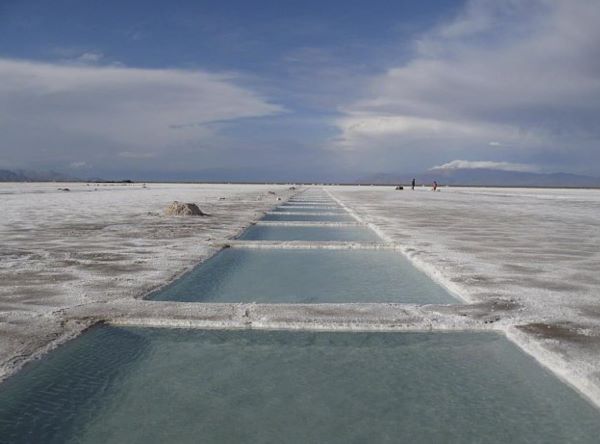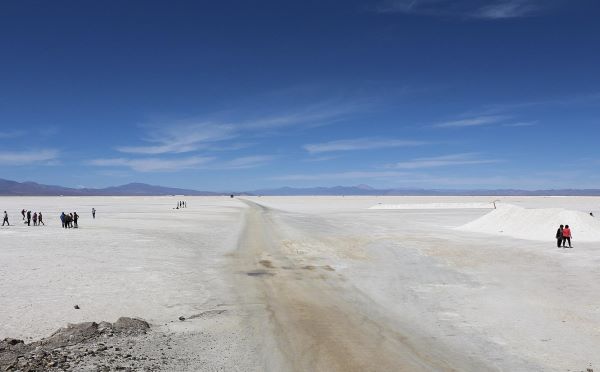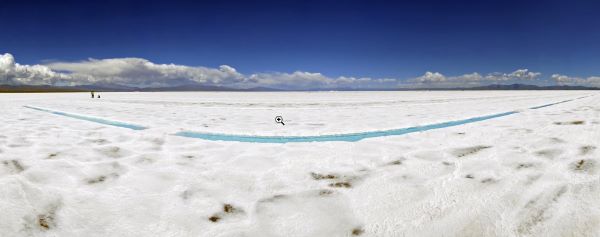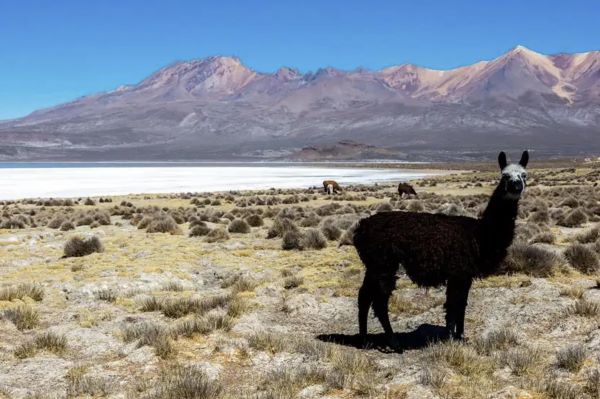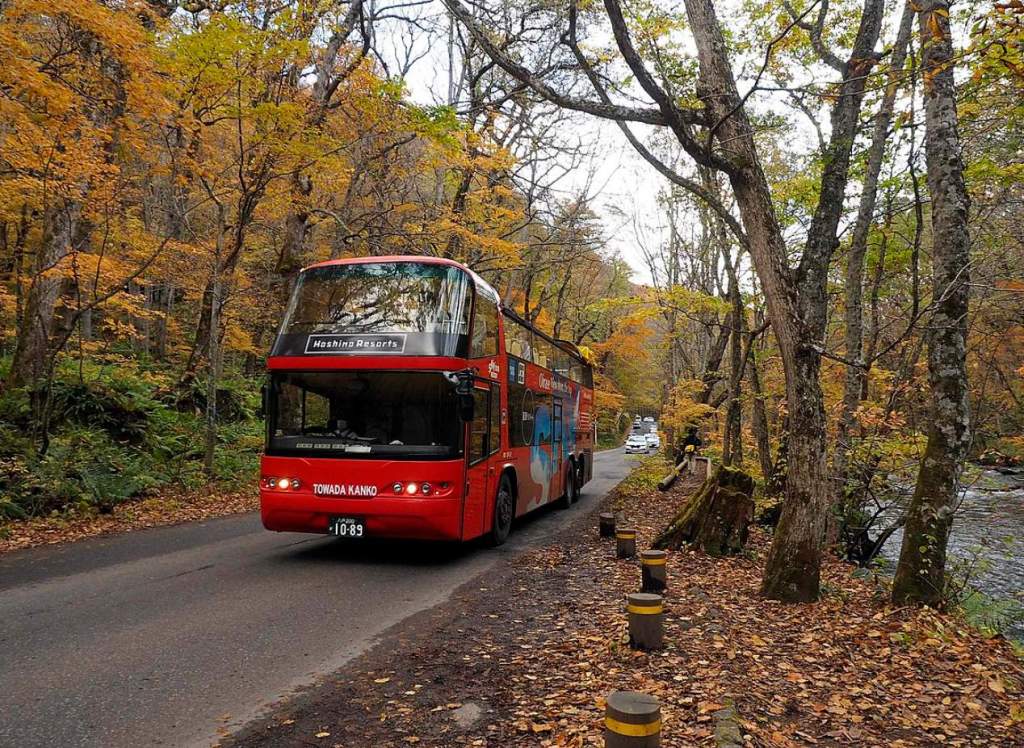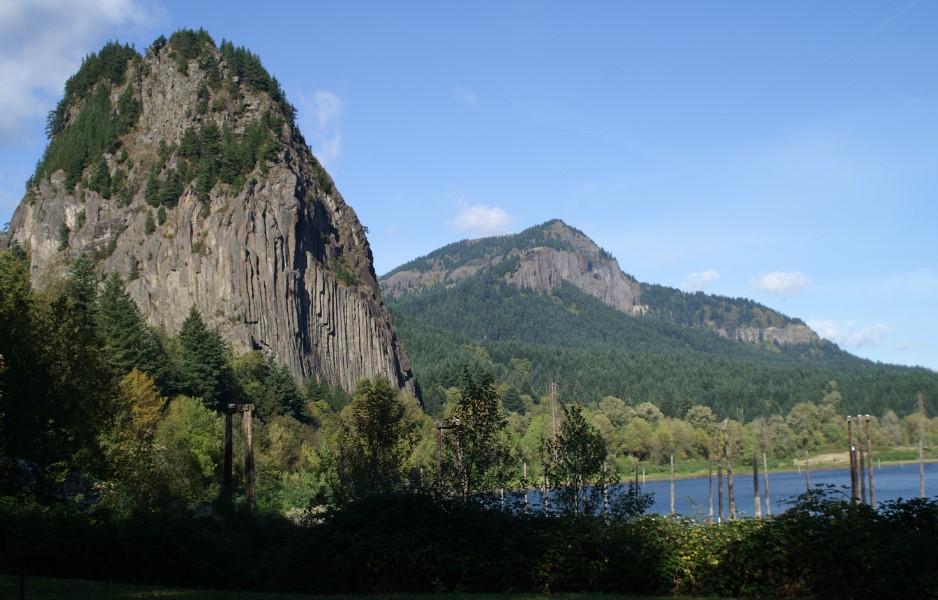The Facts of Salinas Grandes in Argentina
Overview: The region is of economic significance for its sodium and potassium. It is also being studied for the lithium brine underlying its salt; 300,100 hectares (742,000 acres) of it were allocated to LSC Lithium for economic growth, a highly sought-after lithium-ion battery part that is mostly utilized in electric cars. Aboriginal community leaders criticized the extraction of lithium reserves for the steep fall in groundwater levels, which posed a threat to local agriculture as well as the violation of their rights to use and govern the land. Lithium has emerged as one of the key materials in the global shift in recent years toward the production of clean energy and the adoption of low-carbon transportation systems. Argentina possesses 22.4% of the global stocks of this substance, which is soluble and can be found in seawater. It is mainly concentrated in closed basin brines, or salt flats.
The Andes mountain vistas in deep red, resembling Mars, can be seen in the backdrop in various directions. The view is breathtaking, with gorgeous mountain scenery interspersed with cacti and the occasional herd of vicunas. The fragility of salt flat ecosystems stems from long and complex salinization processes in closed basins (endorheic), which alternate between dry geological time that causes slow evaporation of water and rainfall of salts and wet periods that cause their redissolution, as well as volcanic events that split and release other types of minerals. Brine extraction results in groundwater bed displacement, mixing, and consequent salinization of drinking water reservoirs; also, a significant volume of potable water is consumed in numerous subsequent industrial stages.
Elevation: The Salinas Grandes is an area in the northern provinces of Jujuy and Salta (in Argentina), at an average elevation of 3,450 meters (11,320 feet) above sea level.
Salt Extraction: The salt (sodium chloride, also known as table salt) is harvested in the dry season, which runs from April to November. The villagers construct 4 x 2 m crystallization pools with a water height of 30 cm and a depth of 60 cm. The salt is left to “mature” (evaporate) for a year, after which it is removed from the pools and placed on the side to dry for an additional month.
Age: Salinas Grandes is the third largest salt flat in the world, after the adjacent Salar de Uyuni in Bolivia and the Atacama Desert in Chile. The Salinas Grandes salt flats are thought to have been created due to volcanic activity that occurred about 10 million years ago. Since then, innumerable cycles of rain and evaporation have left a layer of salt approximately one foot deep over about fifty square miles. The Hill of Seven Colors, located near Purmamarca, is the closest settlement to Salinas Grandes Jujuy.
Area: Salinas Grandes has an area of 212 km2 (82 sq mi) and is famous for its huge white desert, which is around 320 kilometers (200 miles) long.
How to Get There: Buenos Aires does not have a direct connection to Salinas Grandes. Nevertheless, you can take the bus to Quilino and then continue your journey to Salinas Grandes. On the other hand, you might take the bus to Quilino and then continue your journey to Salinas Grandes. If you are going there with your transport, then you will need to travel one mile to the small village of Lucio V. Mansilla, where you can park and hike to the vast white plain, which is about two miles away. The charming town of Purmamarca is only 66 kilometers away from them.
Nearby Attractions: Although the nearby Uyuni salt flats in Bolivia are significantly larger—10,582 sq km—the Salt Flats Argentina are nevertheless stunning because of their distinctive blue ponds, which give the area a distinct appearance. You enter a vast, silent, white space that is a beautiful desert that enthralls you with its odd geometric order of hexagonal patterns that fade into the distance, set against the deep blue sky and shifting clouds’ shapes and colors.
Temperature: When it rains in summer, the salt flats are typically covered with a thin layer of water that creates unexpected mirages. In winter, the temperature drops to several degrees below zero. The highest temperature in summer is about 28 °C, with a huge thermal amplitude between day and night.
Best Time to Visit: It is also a good idea to see the Purmamarca rainbow mountains first thing in the morning, as it is the best time to do so, and then go on with a Salinas Grandes tour. The best time to take innovative perspective photographs of the terrain is during the dry season, which runs from May to December. A completely different viewpoint is available during the wet season, which spans from January to March. The layer of water that rests on top of the salt creates a mirror-like effect that makes it appear as though you are walking on clouds.
Tourism: Among the activities that give residents the most hope for their economic development is tourism, particularly from community-based tourism projects and quick daily excursions from other locations. In 2019, a panel of experts and a popular vote from all over the country selected the Salinas Grandes as one of the 7 Argentine Natural Wonders. An industry that is friendly to the area is created when tourism is undertaken and strengthened from an ecological and sustainable standpoint, particularly through community-based tourism.
Cost: If you have chosen to take a day excursion from Salta or Jujuy, your only expenses will be transportation and a tour guide. There are no admission fees to the Argentina Salt Flats. The Salinas Grandes tour lasts around three hours and costs $500 ARG (USD 8.50 / GBP 6.50) per person. Nevertheless, traversing the 30km is an adventure in itself.
Road Condition: Completely paved, the road winds its way up the magnificent Cuesta de Lipan to the Abra de Potrerillos and the 4,170-meter-high Altos del Morado pass. From there, it descends once more and provides an amazing vista of the altiplano, with the Salinas Grandes gleaming in the distance.
Items to carry: Other necessities are a pair of well-made sunglasses (the sun’s reflection is blinding, and you will not be able to see much without them) and a convenient down jacket (we never travel anywhere in North Argentina without ours).
Where to Stay: There are several communities in the area around the Argentina Salt Flats where you can get lodging: Purmamarca, Tilcara, or Humahuaca. The closest town is Purmamarca, although it is quite tiny; Humahuaca and Tilacara are a little bit bigger and have better restaurant options; however, Humahuaca is pretty far away.
Read More: The Hand of Desert in Chile
